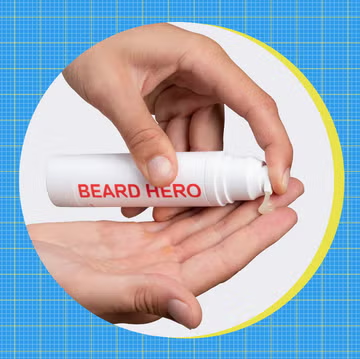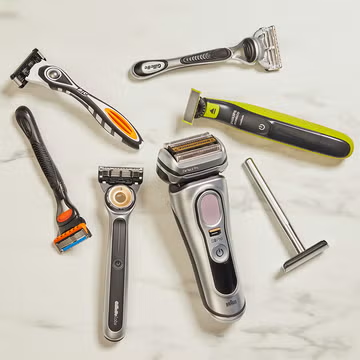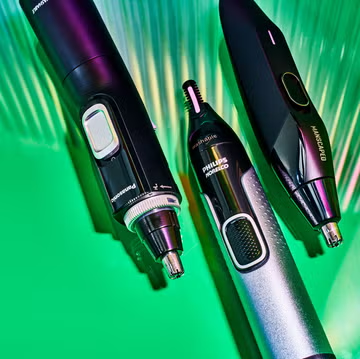WE’VE ALL SEEN the tension-filled movie scenes where somebody collapses and another person comes rushing in and starts performing CPR. What’s not always shown, however, is one key step, like grabbing an AED, which can be the difference between life and death. If you find yourself in a situation where someone around you needs CPR, follow this play-by-play, below, to save a life.

1. Check the Scene
If it’s safe—no chemical spills, no downed electrical wires—tap the person and ask if they’re okay.

2. Check for Breathing
If they’re not breathing or take occasional gasping breaths, start the next step immediately.
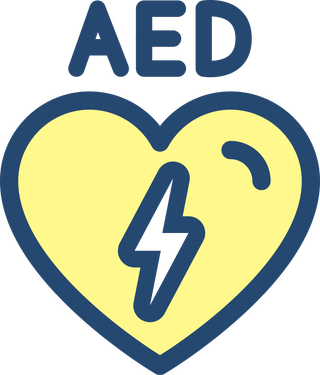
3. Call 911 and Grab the AED
If anyone is nearby, tell them to do these things so you can begin CPR. If you have to hunt for an AED, the device that shocks the heart back into rhythm, skip it and start compressions right away, says American Heart Association past president Gordon Tomaselli, M.D.
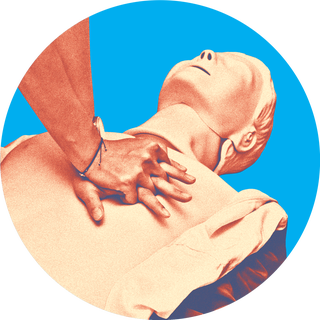
4. Start CPR
If the AED is right there, use it first: Nine out of ten people with cardiac arrest who receive an AED shock in the first minute survive. If there’s no AED, do chest compressions until help arrives. If done within the first few minutes of cardiac arrest, compressions can double or triple the chances of survival.
How to Do Chest Compressions: Kneel beside the person and place the heel of one hand in the center of the chest, right at the nipple line. Place the other on top of the first. Interlace your fingers. Elbows locked, press hard and fast. Do 100 to 120 compressions per minute—that’s the beat of “Stayin’ Alive.” Go two inches deep each time.

5. Follow the AED’s Prompts
Once you turn it on, the AED’s voice prompts tell you exactly how to use it, step by step. You just listen and respond. It’ll instruct you on where to place the electrode pads and whether to press the button to deliver a shock. If a shock doesn’t work, it advises you to resume CPR.

6. Continue CPR
“Hands only” CPR is as effective as CPR with rescue breaths in the first few minutes after cardiac arrest in adults and teens. Keep going until breathing restarts, help arrives, or you can’t continue.
This article appears in the December 2023 issue of Men’s Health.





